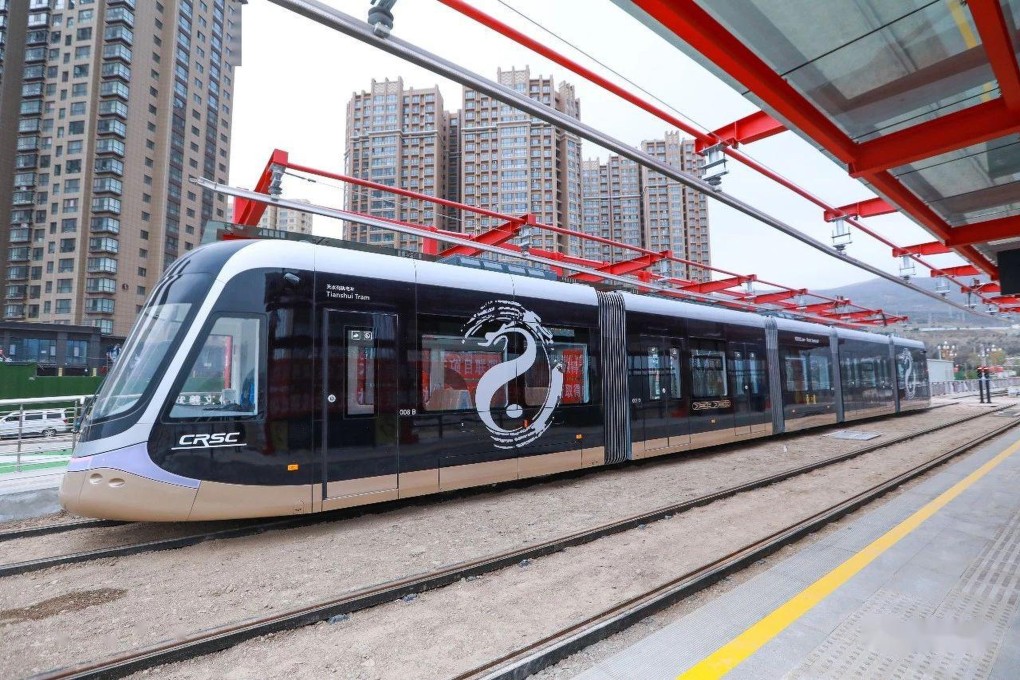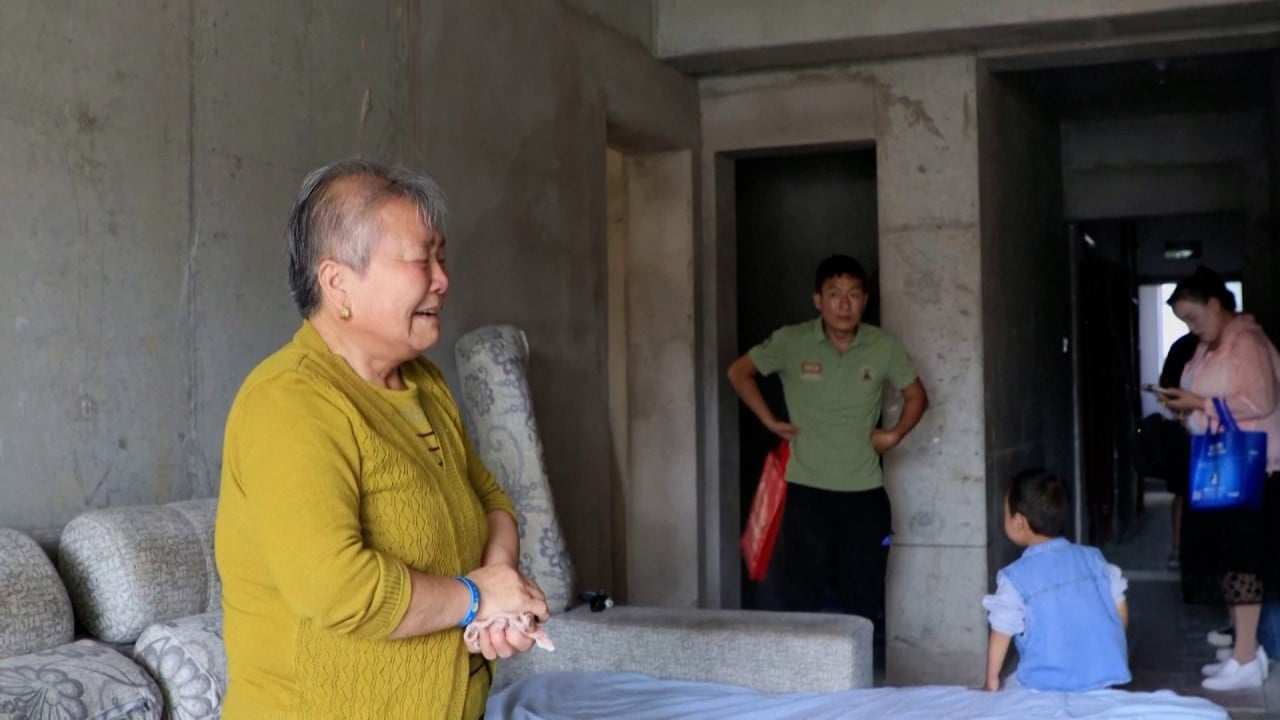Chinese city named and shamed for ‘white elephant’ tram as spending put under microscope
- City in China’s northwest featured in official reports as site of waste and extravagance, with light rail system plagued by delays, inefficiencies
- Government campaign against ‘formalism’ puts local officials in spotlight for projects deemed unnecessary or cynically undertaken to gain prestige

The northwestern city of Tianshui has become the latest Chinese locality to be named and shamed for excessive spending, as the country ramps up its campaign to crack down on extravagance in government.
Located in the poor province of Gansu, Tianshui raised a total of 9 billion yuan (US$1.3 billion) to fund a light rail system under the administration of a public-private partnership – a project that has since been plagued with delays and cash-flow problems, state news outlet Xinhua reported on Monday.
Local officials in China are often castigated for wasteful spending on “white elephant” projects – high-profile construction ventures pursued for rapid economic growth and to curry political prestige. In recent years, China has emphasised quality development over fast growth as rising debts put pressure on many regions.
The first phase of Tianshui’s tram line, which began operations in May 2020, only had an average of 800,000 passengers a year, generating around 1.6 million yuan of yearly income, the Xinhua report said.
However, the cost of running the trams was around 40 million yuan a year – 25 times the measured annual revenue – and because the construction failed to take into account water management for rivers over which the tram network is built, it has created a potential geological hazard.
The second phase started in November 2020 and was scheduled to be completed in three years.

